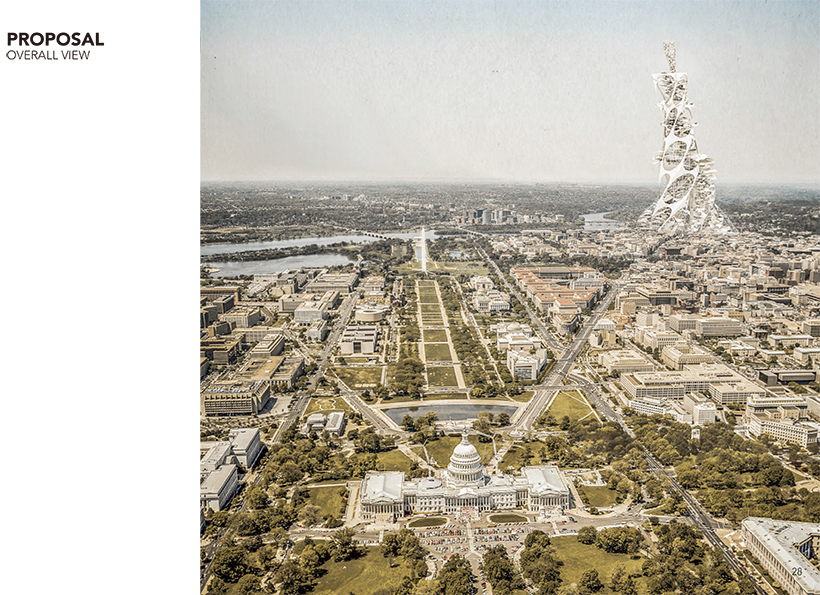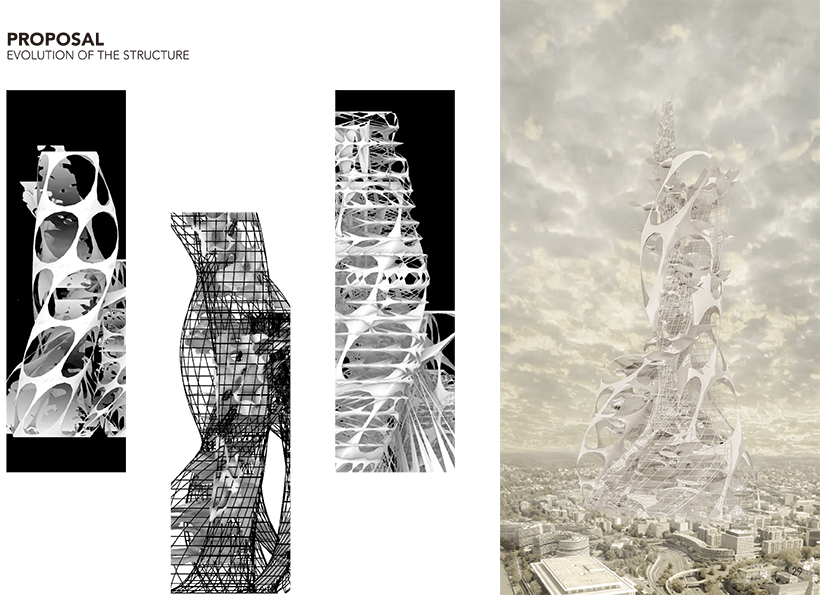Washington DC
Han Jiang, Xin Wu and Zhenyu Yang
Washington D.C. is such a young city. It was only two hundred years old. It expanded rapidly during the American Civil War and later became the capital under the snobbish game between North and South. As a completely modern planning and construction city, it also abides by the strictest height-restricted planning requirements for contemporary monuments. Washington D.C. is a current city, a city between history and the future. It has the potential to become more exciting, economically, geographically, politically, and urbanly. Its current urban design and planning allows only the most powerful people to bear the cost of survival of the city, and politics, relying on Congress, is also the root of the city's stability and prosperity. How to make this city of power accommodate more ordinary people and empower more ordinary people?
In the new Washington DC, the boundaries of power are broken, the new power exchange center is lifted out, and it is connected to other public service functions in the region. From the ground to the sky, it has become a playground for people to explore.
Monument should be a place celebrating people's lives, introducing interaction between the past, present, and future. Monument should be the urban centre for mixed functions, for urban infrastructures, for high-quality public greenery and the most importantly, for the future generation, for education and health. It should be a hub for job opportunities, especially for the young who had their higher education.








